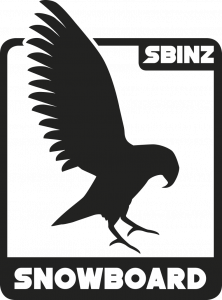Boxes & Rails: Presses
 What, Why, How
What, Why, How
Presses add style to box and rail riding, and are a natural trick to develop from a 50-50.
VIDEO: Nose & Tail Presses with Claire Dooney
Hot Tip
 Movements & Board Performance
Movements & Board Performance
Vertical & Longitudinal with Pressuring (Pop)
To flex the snowboard, the rider must shift the COM over the rear or leading foot. For a nose press, apply pressure to the outside of the leading binding by moving the hips fore and pushing the knee towards the nose. A soft ankle and knee in the leading leg will help with landing in the press and avoid tail tapping unintentionally. Flexing these joints along with the hip joint should also be used to help maintain the press. For a tail press, apply pressure to the outside of the rear binding by moving the hips aft and down towards the tail. A soft ankle and knee in the rear leg will help with landing in the press and avoid nose tapping unintentionally. Hip flexion will likely be used also to further move the COM down and over the rear foot.
Lateral
Should only be used in the lower body to maintain a flat base. It’s important to keep the upper body stacked over a flat board to avoid unwanted tilt.
Rotational
Remain rotationally neutral and avoid excessive movements which may create unwanted pivot.


